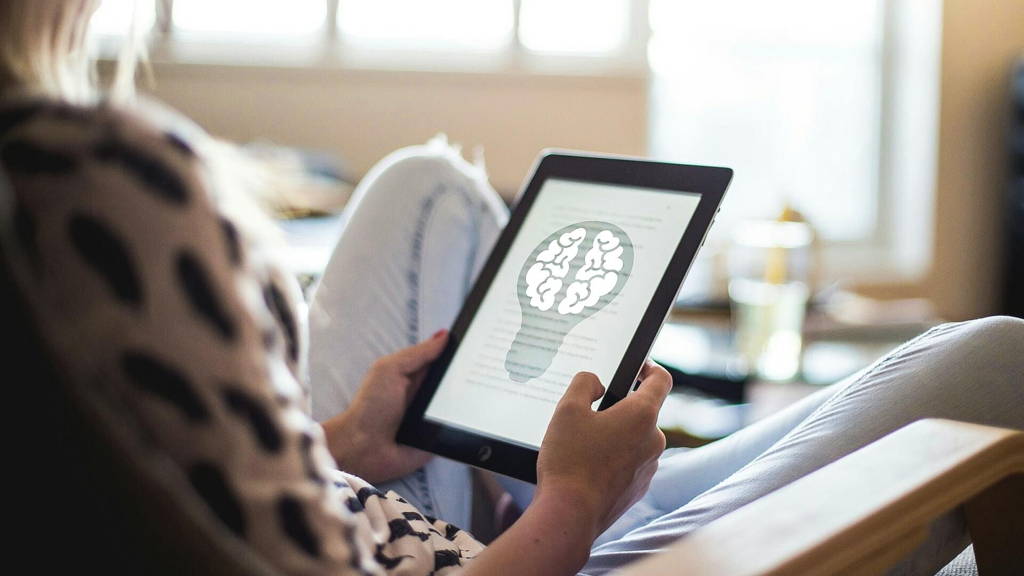Elon Musk will connect to your brain
Finally, some new details of the Neuralink, one of Elon Musk's ventures, have been revealed. The project aims to integrate the human brain with external technologies, such as a smartphone or computer. According to Elon Musk's announcements, the main goal of Neuralink is to make progress in the treatment of neurological disorders such as memory loss, blindness, and paralysis.
During a webcast organized at the end of August, the "Link" implant was presented as a miniaturized version of a deep brain stimulator. The device, which is the size of a coin, has a bundle of tiny wires. After they are embedded in the cortical surface of the brain, they can profoundly record 1024 channels of neural signals.
The Link is equipped with an induction-charged battery sufficient for one day of operation, a 6-axis inertial measurement unit for monitoring the position and movements of the head, additional sensors for temperature and pressure measurement, and a Bluetooth Low Energy antenna for transmitting the results to a smartphone application.
The device is placed through the skull. According to Elon Musk, the procedure takes less than an hour and can be performed in outpatient conditions. The engineers also presented a prototype robot that automates the implantation process. During the webcast organized at the end of August, the viewers could observe how the device implanted in the pig's brain reads neural signals. The "Link" was placed in the animal's brain two months prior to the webcast.
In July, Neuralink received the Breakthrough Device Designation from the FDA, and the company plans to conduct the first clinical trials on people with spinal cord injuries.
Amazon takes care of your health
The global online retail market giant Amazon has presented its smart band and mobile application to keep its users fit and healthy. Unlike many smartwatches or wearables (Apple, Fitbit, Samsung, etc.) already available on the market, the Halo Band does not have a screen. The manufacturer has adopted a different strategy from its competitors, focusing more on lifestyle than sport and fitness tracking. Will this new approach ensure the success of Amazon?

Apart from classic functions typical for these types of smart devices, such as monitoring of physical activity, sleep length, and cardiac parameters (heart rhythm, ECG), the Halo Band offers several novelties. The first one is a 3D body model that can be easily created with a smartphone camera. The app takes four photos (front, back, both sides) of you. To reflect precisely the shape of the body, during the shooting you should wear tight-fitting clothing or just underwear. Then, Amazon's machine learning system creates a personal avatar, which will be used to control the level of fat tissue and other parameters. According to the manufacturer, the body fat percentage is a much more reliable indicator than body weight or BMI. Moreover, the user can check how he or she would look with less or more body fat, which is to be motivating and educational.
Halo band creates a 3D model of your body to keep you updated on the progress
Another exciting feature is voice-tone tracking, used to determine the speaker's emotional state. The Halo platform will enable adding new functions, for example, personal challenges aimed at improving health habits, including quality of sleep or physical activity. The Halo Band has a built-in accelerometer, temperature sensor, heart rate monitor, two microphones, a LED lamp, and a button to turn on or off the microphones used for voice analysis. Amazon aims to sell the band on the global market; therefore, the company has focused on a "well-being" solution instead of developing a certified medical device. The band (available in three color options) will cost USD 99.99. Activating more advanced features will require a subscription for USD 3.99 per month.
The features focused on well being and lifestyle changes entail wearing the band day and night. Lack of the screen may save energy, which means that the band will only need to be charged once a week. It is also waterproof. The voice analysis function can assess a few emotional states: hopeful, excited, undecided, bored, sorry, happy, worried, confused, or affectionate. In order to avoid privacy concerns, voice samples are immediately removed after analysis. By activating this function, the device asks the user to read out a piece of text to remember his or her speech pattern. The application and the wristband are currently available as an invite-only early access program.







